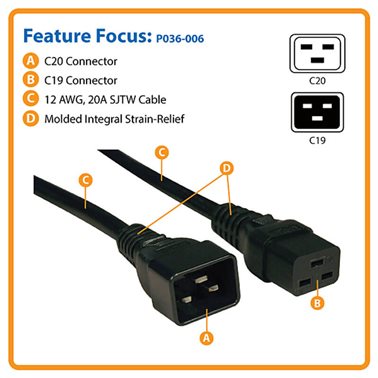I have been asked to install 110v US NEMA style sockets for a company in the UK who test equipment bound for the US before shipping. To be clear they only require a single phase 110v to 0v supply feeding 15 amp socket outlets and not the split phase 110v 110v system providing 240v from 2 legs. The machines definitely require a 60Hz supply. They have sourced a static frequency and voltage converter (Sinalda FCL-30H-3:S10-SR50 30kVa) which will take a 63 amp 3 phase 4 wire 50Hz supply and convert it to a 230v 60Hz single phase 2 wire supply. This would supply a 3 phase distribution board with single phase link kit and be populated with RCBOs to feed 10 radial circuits feeding a single 15 amp socket per circuit. I have found a board and RCBOs from Schneider which are suitable for 110v 60Hz.
My 2 main questions are - do the RCBOs need to be double pole. They have an existing 110v US style installation using double pole RCBOs, I realise these are required on reduced low voltage 55v-0v-55v installations but don't understand why they would be required in this instance. My second question is regarding the earthing on the secondary side of the voltage frequency converter. The neutral of the secondary side of the converter is referenced to earth as standard. I would like to satisfy myself that this is safe as this is introducing a neutral earth link beyond the incoming supply.
I have realised that there is an issue with the converter the client has specified as it's output is variable so will be asking if it can be replaced for a fixed output model.
I also realise that it is unclear whose regulations I would be working to. I have spoken to my governing body and have been told that although BS7671 wouldn't cover such an installation, if it was installed in line with US regulations they can't see a problem with it. To this end I have found out as much as I can about the US system but realise the limitations of learning from Youtube!
Would appreciate any advice offered as I am a little out of my comfort zone.
